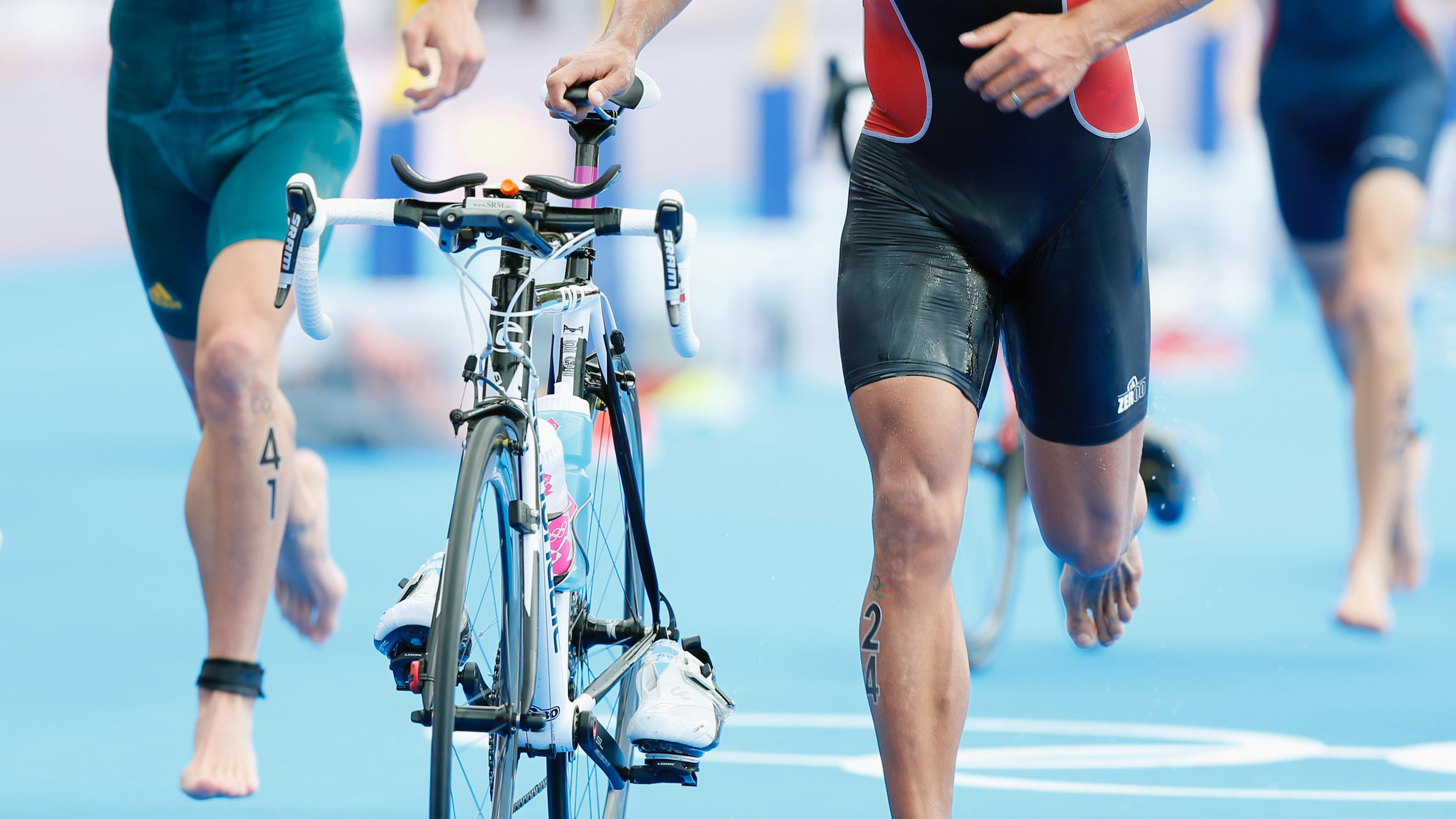Achilles tendinopathy (achilles tendon pain)
Repeated load over time may increase the risk of achilles tendinopathy, which is considered an overuse injury. Athletes who compete in running or jumping sports are at higher risk.

Achilles tendinopathy was previously referred to as «achilles tendinitis». But because there is often no inflammation involved the preferred term today is tendinopathy. This basically means a «painful tendon».
Achilles tendinopathy usually develops during times when training intensity or volume are increased. Changes to the training surface and footwear can also be a contributing factor. Other risk factors include: previous injury, high BMI, diabetes, high cholesterol, genetic predisposition, previous steroid use, old age, and arthritis.
The strongest tendon
The Achilles tendon connects the lower leg muscles of the calf to the heel bone, and it is the thickest and strongest tendon in the human body.
Signs and symptoms
Symptoms vary from athlete to athlete. The tendon might feel a bit tight in the morning, and there is usually pain and tenderness during or after activity. Symptoms often have a gradual onset, but they can also develop suddenly after a rapid increase in training load. Many people have pain in the achilles that last for several months or even years.
Diagnosis
There are several conditions that can show the same symptoms as achilles tendinopathy. Therefore, in order to get the right treatment, it is important to have a doctor or physiotherapist make the diagnosis. Ultrasound or MRI examinations can be helpful in making an accurate diagnosis.
Treatment
The best documented treatment approach is a systematic training program. Eccentric training (where the leg muscles are slowly lowered from a tip-toe position) has shown good results for achilles tendinopathy. The program is performed twice a day for approximately 3-6 months. During this period, sporting activities should be adjusted in relation to the amount of pain felt during and after activity. A small amount of pain is ok, but should be kept below a level of 4-5 on a scale from 0-10 (both during and after training).
For those where the treatment approach above has failed, surgery or other treatments (e.g. injections) may be necessary.
Prognosis
With appropriate treatment and load management, most people can return to their previous level of activity.


